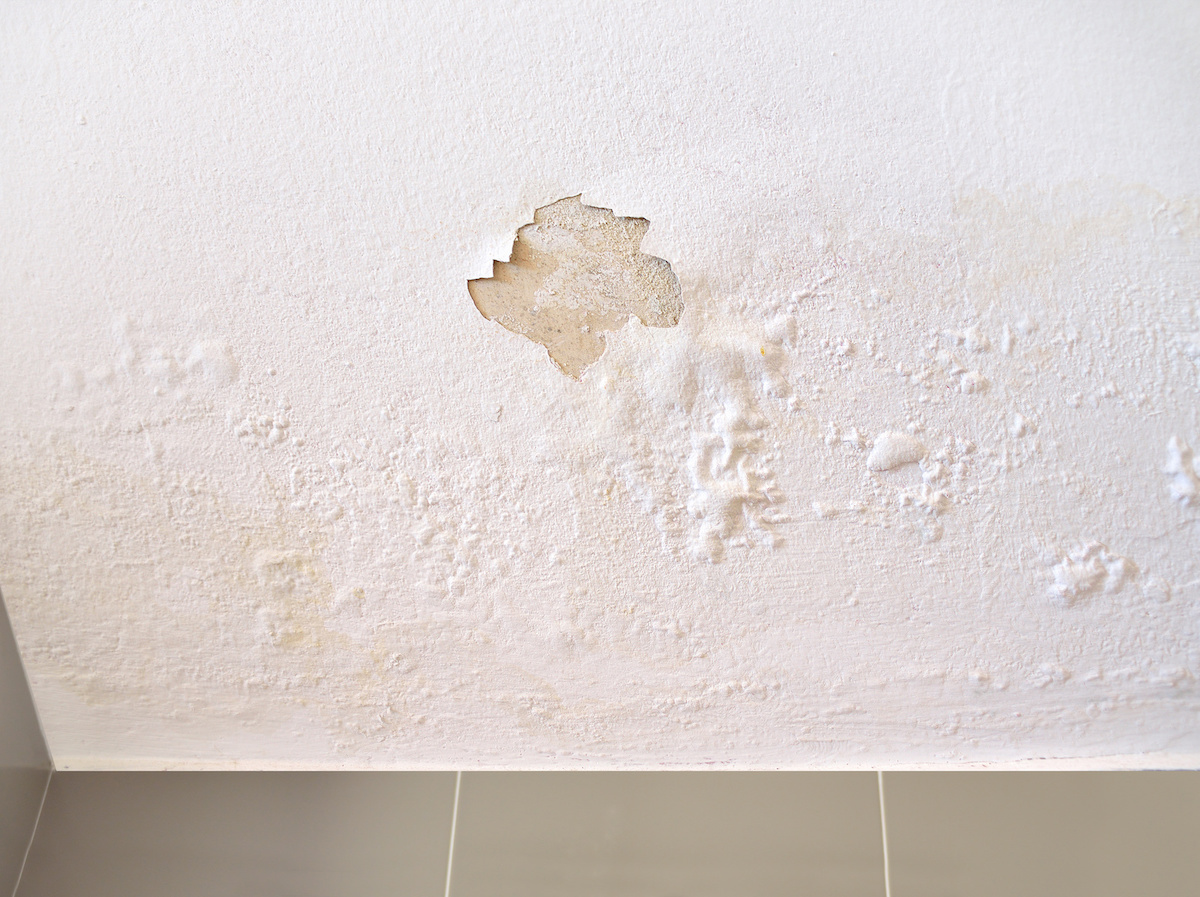Preventing Water Damage in the Bathroom
Preventing Water Damage in the Bathroom
Blog Article
On this page down the page you can find a good deal of helpful insights relating to How to Prevent Bathroom Water Damage.

The shower room is exceptionally vulnerable for damp buildup and prospective water damage because of the constant use of water in it. This post supplies easy assessment strategies to assist finding water damages risks.
The regular use water in the bathroom makes it incredibly susceptible for wet accumulation as well as prospective water damages. By inspecting it frequently, you can minimize water relevant damages.
The complying with collection of examinations is easy to carry out as well as need to be done once in every three months in order to maintain your bathroom healthy and also to prevent prospective water problems caused by the tub, the shower, pipeline joints and also plumbing, sinks, cabinets, as well as the commode
Do not neglect doing these examinations and be extensive while executing them. Remember that these simple evaluations can conserve you a great deal of money by offering early signs for water damages
Bathtub and Shower
The shower as well as tub call for unique attention and maintenance. Check the ceramic tiles as well as change if fractured. See to it that there is no missing grout in between the floor tiles. Evaluate as well as replace cracked caulking at joints where the wall surfaces fulfill the flooring or the tub. Clogged drains and pipes troubles will prevent the bathtub from drying as well as may suggest severe issues underneath the bath tub. Talk to an expert instantly to prevent structural damage. Pay attention to discolorations or soft areas around the bath tub wall surfaces as they might show an inner leakage.
Plumbing
Signs for water damages are tough to find considering that a lot of pipelines are installed inside the wall surfaces.
Pay special attention to floor covering as well as walls dampness as well as stains as they might suggest an invisible plumbing issue. Check moisture degrees in adjoining areas also.
Sinks and Cabinets
Sinks and also cupboards are revealed to wetness and moisture everyday as well as are frequently ignored. Evaluate frequently under the sink and on the kitchen counter above it. Repair any kind of drip in the trap as it might suggest drain troubles. Take a look around the sink, slow-moving draining pipelines might suggest a blocked drainpipe. Replace sink seals if they are cracked or loose.
The Toilet
The commode is a susceptible water joint. Inspect the water lines and look for leaks around the commode seat, in the hose pipe, and also under the water tank. If you find any indications of dampness on the floor around the commode, check for leakages in the toilet edge as well as container seals.
Know that hanging toilet dish antiperspirants raises the possibilities for clogs.
10 TIPS TO PREVENT WATER DAMAGE IN THE BATHROOM
The average household uses approximately 80-100 gallons of water per person per day. For a family of 4, that's almost 2,500 gallons of water a week! The largest portion of this consumption comes from bathroom use. Flushing the toilet uses the most water, followed by taking a shower or bath. With that much water running through the home, water damage in the bathroom is bound to happen. Knowing how to spot signs of a water leak is essential to preventing long-term damage. This guide provides you with tips to reduce the impact of water damage on your bathroom.
CAUSES OF BATHROOM WATER DAMAGE
Pipe breaks are the most common cause of water damage we see in our daily jobs. The age of a pipe plays a large role in a pipe break as well as corrosion. Over time, the metal begins to break down, allowing water to escape. Frozen pipe breaks are also a concern in the winter months. Toilet overflows caused by paper products or children flushing inappropriate items. Degraded caulking around the toilet or bathtub can allow water seepage, sometimes behind the fixture, into the subfloor or walls. Condensation forms when the water in a pipe is cooler than the air temperature. Beads of water form on the exterior of the pipes, sometimes so much so that the water begins to drip and pool below. Sink or shower backups created by poor drainage. HOW TO PREVENT WATER DAMAGE IN YOUR BATHROOM
Inspect your toilet supply line for worn or frayed hoses and replace them as needed. Winterize your plumbing to prevent a frozen pipe break. Use vent fans to prevent condensation that can lead to mold growth. Routinely check and replace degraded caulking around your toilet or bathtub. Increase the temperature in your toilet tank and insulate your pipes during the warm summer months to keep condensation from forming. Use child safety locks on the toilets. Flush only toilet paper. "Flushable" wet wipes are actually not good for your plumbing system. Additionally, feminine hygiene products should not be flushed. Prevent water from escaping the tub or shower. Make sure shower curtains are in good condition. Inspect shower doors and replace the seal strip if necessary. Wipe up any water that accumulates on the floor and use bath mats. Water left to sit can cause damage to the tiles and flooring. Refrain from using bath products containing heavy oils to avoid a clogged drain.

As a devoted reader on Looking for Signs of Water Damage in the Bathroom, I figured sharing that article post was worthwhile. Do you know about anybody else who is inquisitive about the subject? Please feel free to share it. I praise you for your time. Don't forget to come visit our website back soon.
Recurring Service Plans Report this page